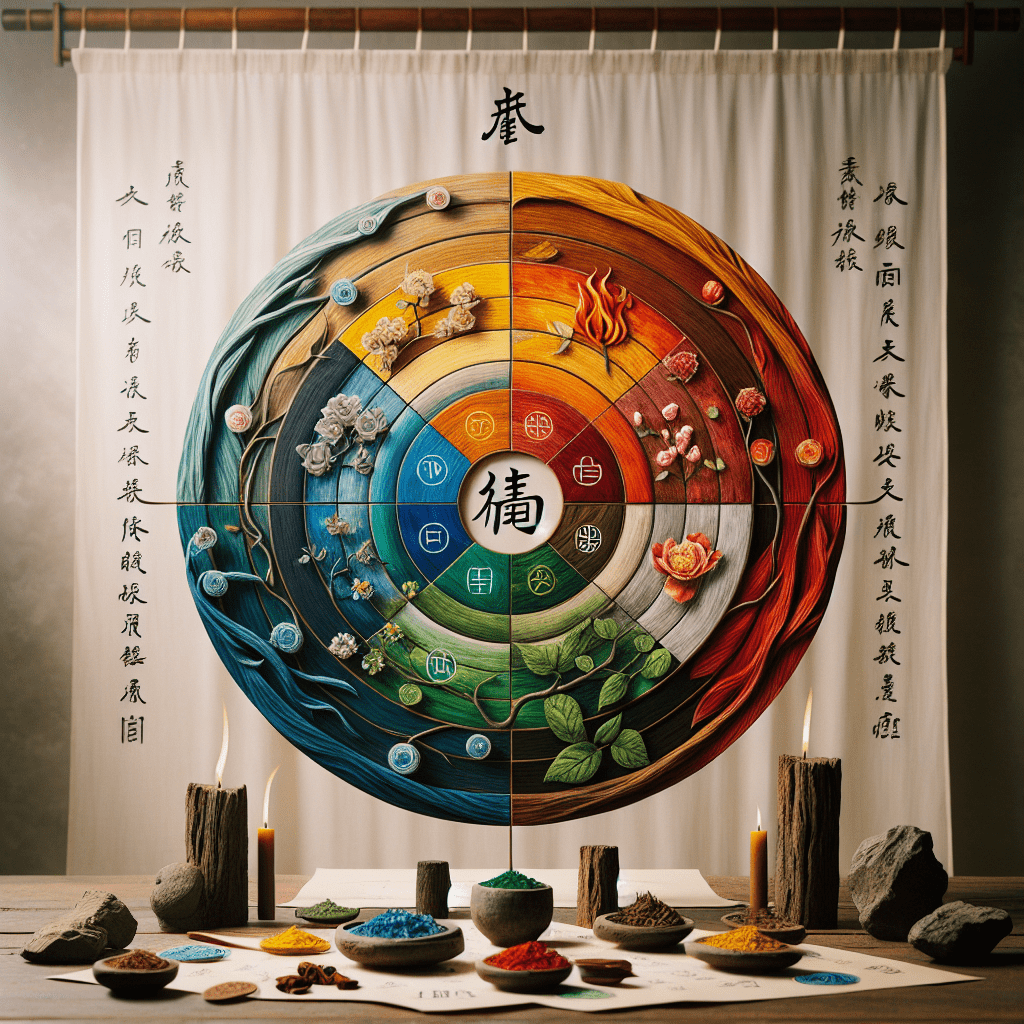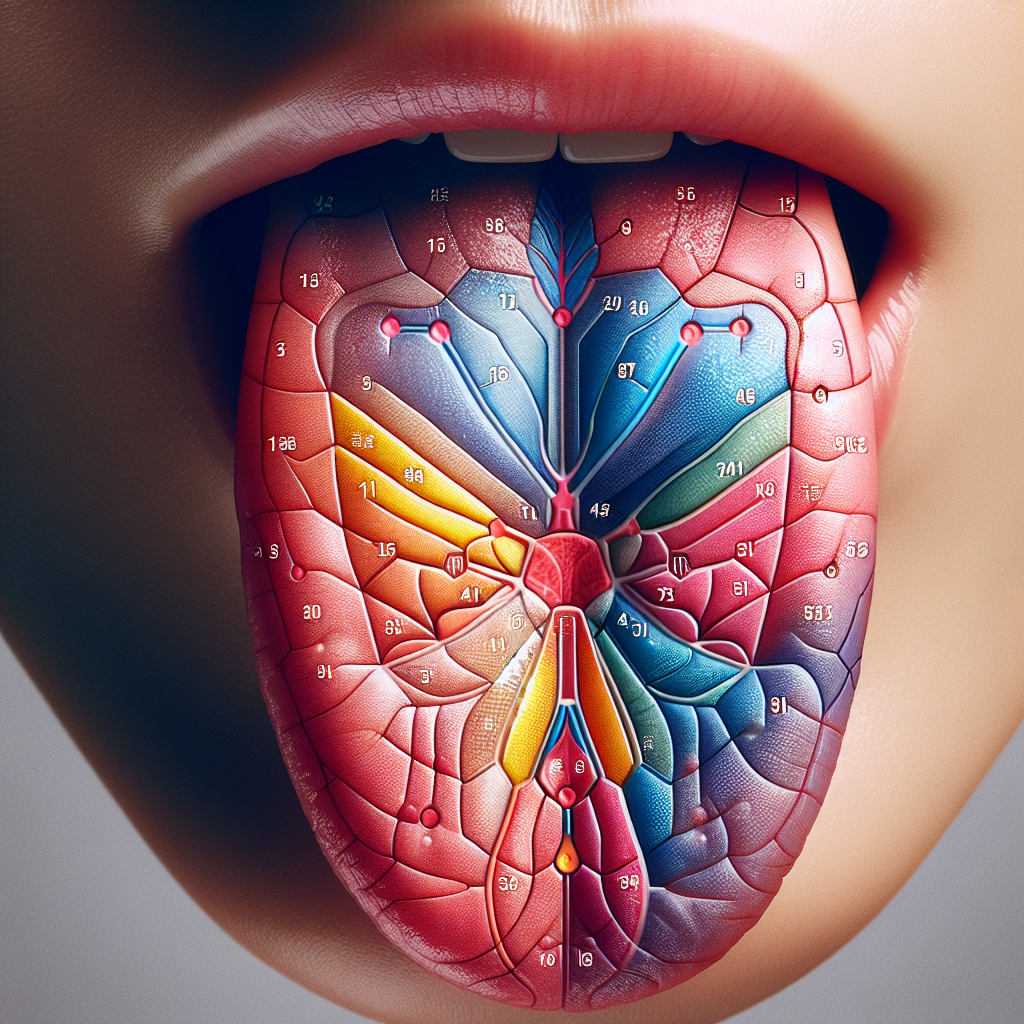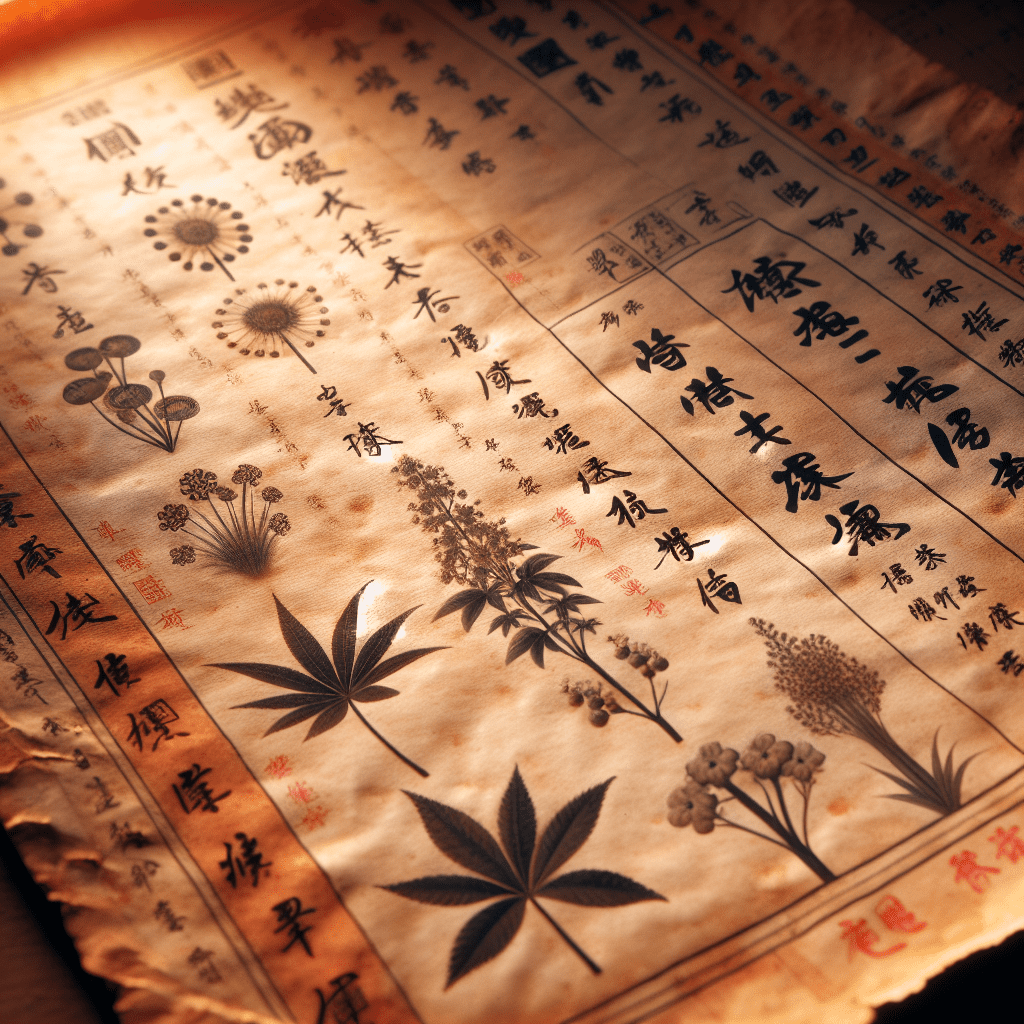In our fast-paced modern world, many of us are looking beyond conventional medicine cabinets for solutions to our health concerns. What if the answer has been sitting on your dinner plate all along? Traditional Chinese Medicine (TCM) has understood for thousands of years what science is now confirming: food isn’t just fuel—it’s medicine.
Imagine transforming your kitchen into a pharmacy where each ingredient serves a purpose beyond taste and calories. This isn’t a new-age concept but an ancient wisdom that has sustained generations. Traditional Chinese Medicine food therapy, known as “food as medicine,” offers a thoughtful approach to wellness that views each meal as an opportunity to heal, balance, and energize your body.
While Western nutrition focuses primarily on proteins, carbs, and vitamins, TCM sees food through a completely different lens—one that considers how each bite affects your body’s energy, balance, and overall harmony. As health challenges become increasingly complex in our modern world, this ancient perspective provides refreshingly simple yet profound solutions.
Understanding the Foundations of Traditional Chinese Medicine Food
The ancient wisdom of TCM views health as a delicate balance of energies—where your diet plays a critical role in maintaining harmony.
At its core, Traditional Chinese Medicine views the human body as a complex energy system where balance is essential for optimal health. This energy, known as Qi (pronounced “chee”), flows through pathways called meridians, nourishing every cell and organ. When Qi flows smoothly, we experience health and vitality. When it’s blocked or imbalanced, illness can take root.
Food plays a crucial role in this energy system. According to TCM principles, everything we eat affects our Qi in specific ways. Some foods boost energy, while others calm it. Some warm the body, while others cool it. This classification goes beyond simple nutrition—it’s about how food interacts with your unique body constitution.
“In Traditional Chinese Medicine, food therapy isn’t a one-size-fits-all approach,” explains Dr. Chen, a TCM practitioner with over 20 years of experience. “What works for one person might create imbalance for another. Understanding your body’s unique needs is essential.”
The concept of Yin and Yang—complementary opposing forces—is fundamental to TCM food therapy. Yin foods tend to be cooling, moistening, and calming, while Yang foods are warming, drying, and energizing. A healthy body maintains a balance between these forces, adjusting food choices according to individual needs, seasons, and health conditions.
Beyond Yin and Yang, TCM categorizes foods by their effects on specific organs. For example, certain foods support liver function, while others nourish the kidneys or strengthen the spleen. This organ-specific approach allows for targeted dietary adjustments to address particular health concerns.
Healing Foods in Traditional Chinese Medicine: Your Culinary Medicine Cabinet
“Let food be thy medicine and medicine be thy food.” – Hippocrates
### Strengthening Qi with Grains and Legumes
In TCM, grains and legumes form the foundation of a nourishing diet. Brown rice, millet, and oats are considered particularly effective for building Qi. These foods provide sustained energy without overtaxing the digestive system. Black beans, lentils, and chickpeas also rank high on the Qi-boosting scale.
“Congee, a rice porridge, has been used for centuries as both daily nourishment and therapeutic food,” says nutritionist Lin Zhang. “It’s gentle on digestion while providing steady energy—perfect for those recovering from illness or experiencing fatigue.”
Research published in the Journal of Traditional Chinese Medicine found that regular consumption of whole grains, as recommended in TCM food therapy, was associated with improved energy levels and digestive function in participants with chronic fatigue.
Balancing Yin and Yang Through Food Choices
Understanding whether your body needs more cooling Yin foods or warming Yang foods can transform your health. If you tend to feel overheated, irritable, or experience night sweats, you might benefit from more Yin foods like cucumber, watermelon, and leafy greens. These naturally cooling foods help restore balance.
Conversely, if you frequently feel cold, tired, or have poor circulation, warming Yang foods like ginger, cinnamon, and lamb might better serve your constitution. These foods generate internal warmth and stimulate energy circulation.
“The beauty of Traditional Chinese Medicine food therapy is its adaptability,” notes TCM dietitian Wang. “As seasons change and your body’s needs shift, your diet can be adjusted accordingly. This responsive approach keeps your body in harmony with its environment.”
Supporting Organ Health with Specific Food Groups
TCM recognizes that certain foods have affinity for specific organs:
Liver support: Sour foods like lemons, apple cider vinegar, and fermented vegetables help detoxify and balance liver function. Green vegetables are also particularly beneficial for liver health.
Kidney nourishment: Black foods like black beans, black sesame seeds, and black rice are traditionally associated with kidney energy. These foods are particularly recommended during winter months when kidney energy needs extra support.
Spleen strengthening: Sweet vegetables like sweet potatoes, carrots, and pumpkin support spleen function, which governs digestion in TCM. Adding warming spices like ginger and cinnamon enhances their digestive benefits.
Lung health: White foods such as pears, radish, and white mushrooms nourish lung energy. These are especially valuable during dry seasons or when recovering from respiratory conditions.
Heart balance: Bitter foods like dark leafy greens, dandelion, and bitter melon help clear heat from the heart system, promoting emotional balance and healthy circulation.
A study following participants who incorporated organ-specific foods according to TCM principles showed significant improvements in corresponding laboratory markers, particularly for liver and kidney function tests.
Practical Application: Making Traditional Chinese Medicine Food Work for You
Bringing TCM food principles into your modern kitchen doesn’t require a complete lifestyle overhaul. Start with these practical steps to experience the benefits of this ancient wisdom.
### Understanding Your Body Constitution
The first step in applying TCM food therapy is understanding your unique body constitution. While professional consultation with a TCM practitioner provides the most accurate assessment, you can observe certain patterns:
- Do you tend to feel hot or cold most of the time?
- Is your energy consistently strong or do you experience afternoon crashes?
- Do you prefer warm foods or cold foods?
- Do you often feel dry or retain water easily?
These simple questions begin to reveal your constitutional tendencies. Someone who runs hot, gets irritated easily, and has a robust appetite might have an excess of Yang energy and benefit from more cooling foods. Conversely, someone who feels cold, tired, and has sluggish digestion might need more warming foods to boost Yang energy.
“Learning to listen to your body’s signals is essential in Traditional Chinese Medicine food therapy,” explains TCM nutritionist Dr. Liu. “Your body will tell you what it needs if you pay attention to how different foods make you feel.”
Seasonal Eating: Nature’s Guidance
TCM emphasizes eating in harmony with seasonal changes—a practice that supports environmental sustainability while optimizing health. Each season corresponds to specific organs and energy patterns:
Spring focuses on liver support with young greens, sprouts, and slightly sour foods that help the body detoxify after winter.
Summer calls for cooling foods like watermelon, cucumber, and light proteins that prevent overheating and support heart energy.
Late summer benefits from foods that strengthen the spleen and stomach, like mildly sweet vegetables, moderate amounts of complex carbohydrates, and easily digestible proteins.
Fall requires moistening foods that support lung health, like pears, honey, and white-colored foods, helping to counter the season’s dryness.
Winter demands warming foods that preserve kidney energy, including soups, stews, small amounts of salt, and dark-colored foods.
“Traditional Chinese Medicine food principles align perfectly with what modern nutrition science tells us about eating locally and seasonally,” notes nutritionist Dr. Chen. “This approach ensures optimal nutrient content while supporting your body through natural seasonal transitions.”
Simple Techniques for Enhanced Healing Properties
How you prepare food matters just as much as what you eat in TCM food therapy:
Cooking methods: Steaming, simmering, and light stir-frying preserve food’s energetic properties while making nutrients more bioavailable. Raw foods are generally recommended sparingly, particularly for those with weaker digestion.
Food combinations: Certain food pairings enhance healing properties. For example, combining warming ginger with cooling tofu creates a balanced dish suitable for most constitutions.
Mindful eating: Taking time to appreciate your food, chewing thoroughly, and eating in a calm environment enhances the therapeutic benefits of every meal.
Research published in the International Journal of Eastern Medicine found that participants who followed TCM food preparation guidelines showed improved digestive enzyme activity compared to those consuming the same foods prepared using conventional methods.
Embracing the Traditional Chinese Medicine Food Philosophy for Modern Wellness
The wisdom of TCM food therapy offers a refreshing perspective in our modern world of quick fixes and fad diets—reminding us that true health comes from aligning with nature’s wisdom through mindful eating.
As we navigate health challenges in our modern world, the wisdom of Traditional Chinese Medicine food therapy offers valuable guidance. By viewing food as medicine, we gain a powerful tool for preventing illness and supporting recovery when needed.
The beauty of this approach lies in its personalization. Rather than following generic dietary guidelines, TCM food therapy adapts to your unique needs, shifting with seasons, life stages, and health conditions. This responsive framework respects the body’s intelligence and works cooperatively with its natural healing abilities.
Today, innovative platforms like EASTCHI AI from HerbalsZen are making this ancient wisdom more accessible. By analyzing your unique constitution and current health status, EASTCHI AI can provide personalized TCM food recommendations that address your specific needs. This marriage of ancient wisdom and modern technology allows for precisely tailored guidance without requiring years of study.
Traditional Chinese Medicine food therapy reminds us that the most powerful medicine might not come in pills or potions, but in the choices we make at each meal. By embracing this holistic approach, we can transform our relationship with food from mere consumption to conscious healing.
As the ancient TCM proverb states, “He that takes medicine and neglects diet wastes the skill of the physician.” Perhaps it’s time we looked to our plates as the first line of defense in our wellness journey, using the time-tested wisdom of Traditional Chinese Medicine food as our guide to vibrant health in our modern world.




